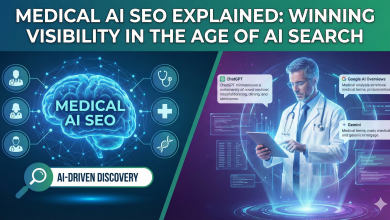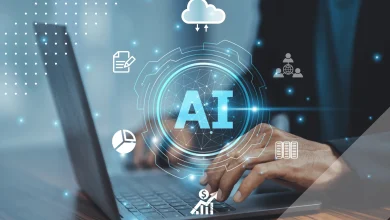The use of artificial intelligence (AI) in clinical practice is altering the healthcare business extremely swiftly, and dentistry is leading the way in this technological shift. This shift will help patients get more precise diagnoses, treatment regimens that are better suited to their requirements, and sometimes more information about how much costly procedures will cost. A lot of people who need oral surgery, like having their third molars taken out, typically ask the most critical question: “How much does wisdom tooth removal cost in Ontario?” AI is transforming the planning stage by giving us predictive models that can show us where problems can happen. The final pricing will still depend on variables like how hard the impaction is and what kind of anesthetic is utilized. AI lets surgeons pick the least invasive method by using 3D images to get exact measurements of how close nerves are to bones. This can sometimes cut down on the time spent in the chair, minimize the risks after surgery, and offer patients a better idea of how much the procedure will cost before it even starts. This level of accuracy in technology is improving the quality of care in all areas of dentistry.
AI is revolutionizing oral health in a big way by making diagnostics better. Advanced algorithms are providing doctors a powerful second set of eyes. AI software can look at thousands of dental pictures, like X-rays, panoramic radiographs, and Cone-Beam Computed Tomography (CBCT) scans in just a few seconds using deep learning models. This function helps the technology uncover flaws that might be tiny or undetected by a typical human inspection.
Correct Diagnosis and Predictive Care
AI algorithms are doing an incredible job at discovering the initial signs of a variety of prevalent conditions:
Finding Cavities: AI can discover cavities (carious lesions) with excellent accuracy, often finding decay in its early stages, long before it becomes evident or required a lot of labor to fix. If you catch it early, you can undergo treatments that are less intrusive and less expensive, such fluoride therapy or sealants, instead of fillings or root canals.
Periodontal Disease: The technology is fantastic at measuring and keeping track of bone loss, which is a primary indicator of periodontal (gum) disease. AI can assist dentists see minor changes in bone level over time by examining at X-rays. This allows them act fast to stop the condition from becoming worse and making teeth move or fall out.
AI is useful for planning surgeries and restorations since it can do more than just discover problems. AI looks examines the size and density of bone to advise the optimum spot for dental implants. This makes it more likely that the procedure will go well and less likely that a mistake will be made. AI algorithms are better than old-fashioned approaches at predicting how long orthodontic treatment will take and how teeth will shift.
Ethical Problems and What Will Happen to the Chair in the Future
AI is very useful, but there are crucial moral principles that must be fulfilled when it is employed in medicine. You should think carefully about your worries about data privacy, algorithmic bias (if the AI is trained on a limited number of patients), and who is responsible if an AI-assisted diagnosis goes wrong. Dentists still have the last say, both legally and morally. They utilize AI as a tool to better their clinical judgment, not replace it.
This close relationship between people and AI will determine the future of dental health. AI handles monotonous analytical duties and makes diagnoses more accurate. This frees up the dentist to focus on making tough decisions, teaching patients in a way that works for them, and the most crucial part of care: the personal touch. This partnership promises a future where dental care is safer, more reliable, and personalized to each person’s body type.
3 minutes read



